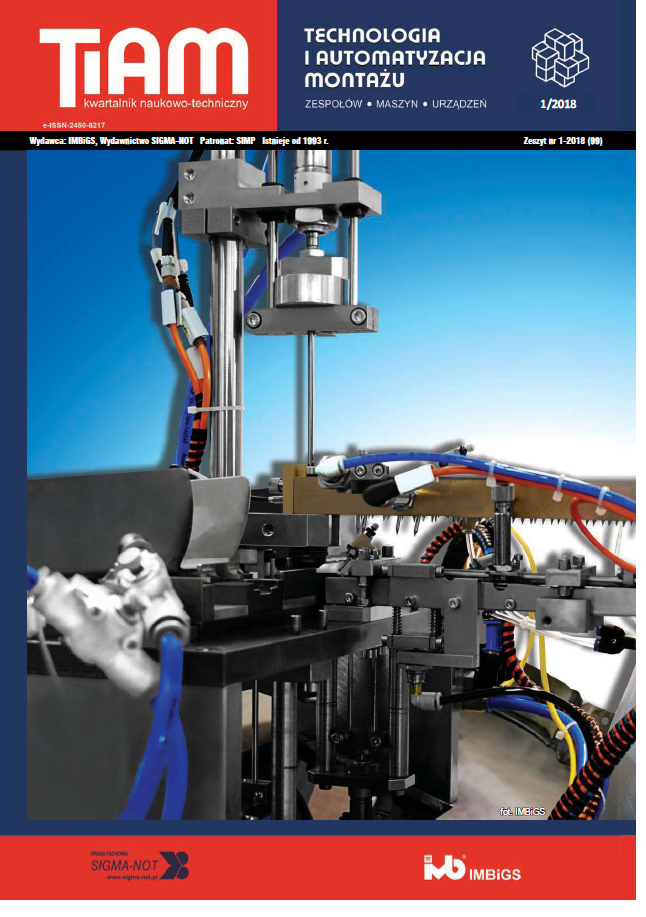Abstract
During the assembly the bus temporary and permanent fastening joints are used. Besides of welded, screw and rivet joints, bonded technology was used in many operations. In various stages of assembly of buses adhesive joints are used for example during bonding the roof, bonding the glass to the steel frame, bonding of various pieces of equipment buses, as finishing elements. Often, adhesive joints are used with other types of joints, for example rivet joints, using the synergism of both types of joints. In the bus construction the adhesives also play sealing role, which is extremely important during the operation of buses in different weather conditions. Many of the advantages of adhesive joints contribute to their use in the assembly process. The bonding process was used to joining the materials of different mechanical and physico-chemical properties. Sometimes this joining is not feasible by other joining methods. However, during designing the assembly process with using the bonding technology, the disadvantages or limitations of this type of joining method should be considered. Due to these limitations a detailed analysis of all the factors affecting the bonding process is necessary in order to properly prepare and perform the assembly process using adhesive joints.
This is an Open Access article distributed under the terms of the Creative Commons Attribution License CC BY 4.0 (https://creativecommons.org/licenses/by/4.0/)
References
Adams R.D., J. Comyn, W.C. Wake. 1997. “Structural Adhesive Joints in Engineering Book”. 2nd edition, United Kingdom, Springr.
Bugaj T. 2008. „Wybrane aspekty technologii klejenia w produkcji autobusów”. Przegląd Spawalnictwa (8): 44–45. 3] Czaplicki J. i in. 1987. „Klejenie tworzyw konstrukcyjnych”. Warszawa: Wydawnictwo Komunikacji i Łączności.
Godzimirski J. i in. 1997. „Konstrukcyjne połączenia klejowe elementów metalowych w budowie maszyn”. Oficyna Wydawnicza Politechniki Rzeszowskiej.
Karty techniczne produktów Sika http://pol.sika.com/pl/solutions_products/dokumentacja/Karty.html, dostęp 24.01.2017.
Piekarczyk M. 2012. „Zastosowanie połączeń klejonych w konstrukcjach metalowych”. Czasopismo techniczne. Budownictwo. Wydawnictwo Politechniki Krakowskiej 1-B, 99–137.
Rudawska A. 2005. „Dobór rodzaju kleju w aspekcie wytrzymałości połączeń klejowych blach ocynkowanych”. Technologia i Automatyzacja Montażu (1): 28–31.
Rudawska A., E. Bociąga, E. Olewnik-Kruszkowska. 2017. “The effect of primers on adhesive properties and strength of adhesive joints made with polyurethane adhesives”. Journal of Adhesion Science and Technology (31): 327–344.

